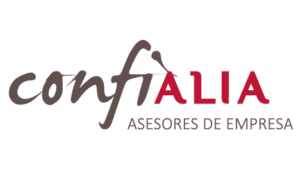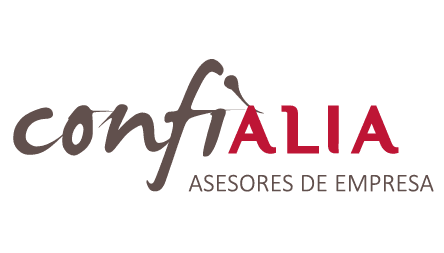Brief introduction to the work system of the accounting team with respect to the whole organization at Confialia.
We have all heard of teamwork and recognize that it is a positive quality for the work environment as it is part of the key competencies required of the employee.
However, as with most things that affect people and organizations, there is a long way from words to deeds.
I know from other firms that it is common to find several accountants in the same room, but each accountant runs his own companies and does not touch anything of any other, that he works with them in his own way as if each accountant were a freelancer outside the company, that nothing is documented for colleagues and that, therefore, when this person is on vacation nothing can be done with their companies or that when this person leaves the office there is a "transfer" of the client portfolio to the new "manager", with its meeting times, explanations, etc...
It is clear that this way of working not only does not respond to the idea of teamwork, but also goes against the philosophy of the firm for two reasons:
It does not encourage the involvement of the rest of the colleagues. There is no debate about the possible problems that may arise with a client. Knowledge is not shared. The possibilities of taking advantage of the team's human talent to offer the best possible service and advice are lost.
On the other hand, it can also happen that the client establishes the link with the person and not with the firm and with this, the consequent risk of "client flight" in the event of a disagreement with the accountant or departure by his own decision or both at the same time.
What are we getting at? Using the simile of previous entries we proceed to land on the idea: in Confialia we do not work like that.
Months ago, the mother of a friend of mine was surprised at how fantastic and delicious the paella we had made with a group of friends had turned out without having stopped to plan the tasks beforehand.
She observed something that seemed to her to be worthy of admiration. How we had organized ourselves in a coordinated and apparently spontaneous way. This example helps me to explain Confialia's teamwork system.
These were the keys
- OBSERVATION. Each could identify the part of the work that had been done by the other. In paella it can be visual or direct conversation. In Confialia, the idea is to record the tasks performed in the CRM so that colleagues can read them. If one has already cut the tomatoes, the other can cut the onions.
- INITIATIVE. The members of the group knew what was the total process being carried out in order to identify what was pending to be done. At Confialia, knowing the sequence without leaving out key aspects is process management. If we are making paella, after cutting vegetables, we can cut the meat.
- COMMUNICATION. For those decisions that are outside the usual process it is required to consult with the team leader. If the paella on this occasion is mixed, then in addition to meat, fish must also be available. In Confialia is that someone is in charge of analyzing where we are and where we are going. Establish objectives and indicators.
- COHESION. The team works in a coordinated manner, with the aforementioned over time, as it acquires more practice and improves through experience. This occurs in optimal conditions when the members share the same goal. In paella, the common goal is to eat the best possible food. In Confialia it is to share the desire to do a quality job, to ensure that the customer gets the best consulting service.
In short, teamwork arises in organizations that provide the means to organize people's work in such a way that everyone knows what they have to do to achieve the same common goal.
Francisco Servera
Senior Officer Accounting-Financial Area

